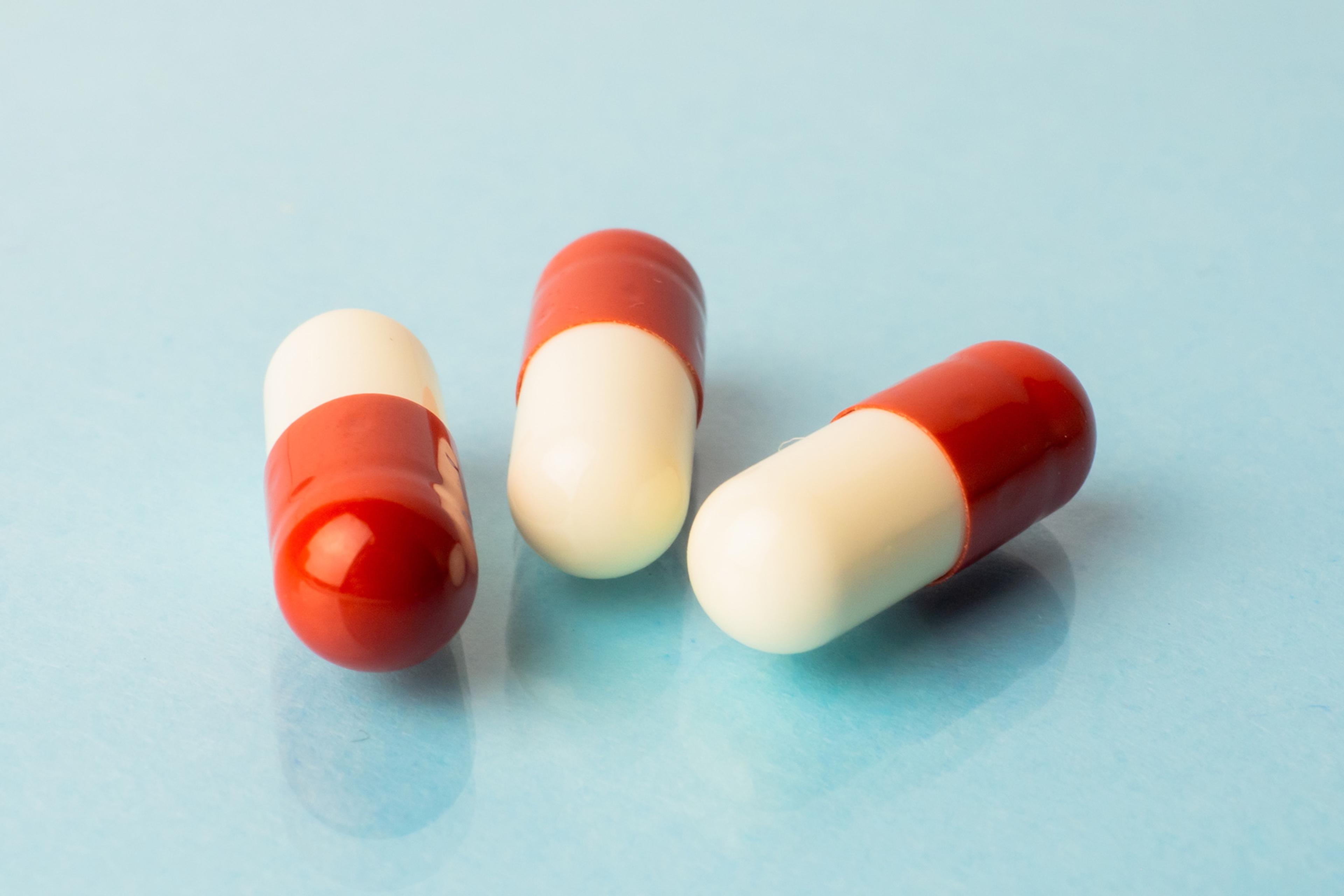It’s hard to imagine a world without depression. In the 21st century, depression may affect one in 10 people. But, for more than 30 per cent of those who are affected, antidepressant drugs just don’t work: they have what clinicians refer to as ‘treatment-resistant depression’. And this is no small problem. Hundreds of millions of people do not respond positively to antidepressants such as Prozac. Today, resistant depressive symptoms remain a critical challenge in psychiatry as scientists and pharmaceutical companies search for novel approaches.
It was this search that led to the recent rediscovery of ketamine, an anaesthetic and psychedelic that has revived the decades-old pipeline of psychiatric drugs. Some studies claim that a single dose of this 1960s club drug can ‘melt away’ symptoms of untreatable depression within hours. People who have suffered from years of treatment-resistant depression report that taking ketamine lifted the heaviness that had once kept them ‘stuck in bed like gravity’. Ketamine gave them a sense of hope, clarity, and new possibilities.
But ketamine is no magic bullet. The initial hype has been followed by a series of studies questioning ketamine’s efficacy and raising concerns that its side-effects, including psychiatric disturbances, may worsen with repeated use. There is growing concern about ketamine’s staying power as an antidepressant. What will it take for this psychoactive anaesthetic to transition from hyped panacea to a useful antidepressant? What is the future trajectory of ketamine?
The first thing to understand is that using ketamine to treat depression is nothing new. In 1973, two Iranian physicians in the Pahlavi University in Shiraz published the first scientific report showing that ketamine could relieve depression and anxiety. The two physicians studied the effects of ketamine used in conjunction with psychotherapy on 100 patients who were hospitalised for a variety of psychiatric symptoms (except psychosis). The physicians reported a reduction in depression and anxiety in most patients that, remarkably, remained evident up to one year later. Under the influence of ketamine, patients appeared detached from their environment and seemed to lose sense of time. But they also became loquacious, which aided with psychotherapy when unconscious and repressed memories were activated, and patients were temporarily transported back to the childhood events that may have led to their illness.
However, despite being published in an English-language scientific journal, this research went unnoticed by psychiatrists outside Iran, perhaps because antidepressant drugs were becoming the preferred way of treating depression at the time. A year after the Iranian research was published, a US study reported the discovery of fluoxetine, which would later become marketed as ‘Prozac’. Antidepressant drugs like fluoxetine – generally classified as an SSRI (selective serotonin reuptake inhibitor) or an SNRI (serotonin and noradrenaline reuptake inhibitor) – revolutionised the treatment of depression. They helped advance the idea that depression is a ‘chemical imbalance’ in the brain, which can be treated with balance-restoring drugs. While that simplified version of how these drugs work is scientifically questionable, their positive effects on symptoms of depression have sustained them as first-line treatments.
Nearly 60 to 70 per cent of individuals respond to drugs such as Prozac. An effectiveness rate that high is impressive for any drug, let alone a psychiatric drug. But consider the failure rate: more than 30 per cent will not respond to antidepressants. This amounts to hundreds of millions of individuals who are resistant to treatment and continue to suffer, which has led to a continuous search by individual scientists and pharmaceutical companies for novel approaches to treat those who remain resistant to standard antidepressants.
Fast forward from 1973, when the Iranian report about ketamine went unnoticed, to 2000, when a Yale study showed that a single low dose of ketamine can attenuate symptoms of depression. This study involved a small group of seven patients and lacked a placebo control, but it was remarkable nonetheless because it questioned the accepted assumption that antidepressants take several weeks to work – ketamine seemed to need only a few hours. In the years since, several large-scale and well-controlled studies demonstrated how ketamine affects patients with treatment-resistant depression. Though ketamine appeared to have only a modest effect on resistant symptoms, it was enough to convince the US Food and Drug Administration and the European Commission. In 2019, they approved ketamine for the treatment of depression.
The approval caused a great deal of excitement and hype, with The Washington Post calling ketamine the ‘biggest advance for depression in years’. The hype empowered for-profit private clinics and ‘wellness’ spas to offer ketamine infusions for treating depression at exorbitant fees. The extent of off-label ketamine use in these outlets is hard to determine, but this is a booming industry: there are more than 100 such outlets in north America alone. They generally provide a spa-like atmosphere with comfortable chairs where a single treatment of ketamine (administered intravenously) can cost as much as $800. Many patients return for multiple treatments.
Despite the widespread availability of ketamine for treating depression, it has not been the magic bullet that many had hoped. More recent clinical trials have shown weak or no significant effects in relieving symptoms, adding to anecdotal evidence of ketamine not working. And because we have limited data on how repeated uses of ketamine can influence the function of the human brain, there are concerns about its repeated, unregulated use among vulnerable individuals. Some people are paying a lot of money for multiple ketamine infusions. The need to repeatedly administer ketamine to maintain its antidepressant effects is hardly mentioned in media stories or press releases.
Despite these concerns, ketamine does have impressive antidepressant effects in some individuals who are otherwise resistant to treatment. What explains this variability of effect? Perhaps we’re not using it correctly. Perhaps problems appear when we use ketamine to treat depression in the same way we use aspirin to treat a headache: why can’t you just take one dose, and feel your symptoms melting away?
The answer might come from the original 1973 study in Iran. While clearly in need of replication, this research showed positive effects that were remarkably long lasting. What distinguishes that early study from those in this millennium is that ketamine was given in conjunction with psychotherapy. This is supported by a few recent studies showing that subjective and emotional reactions to ketamine predict how well the symptoms of depression are treated. The antidepressant effectiveness of ketamine may be related to the emotional and affective state of individuals at the time they receive the drug. Reports of anxiety and other negative feelings during the drug experience predicted a negative outcome, whereas reports of positive feelings predicted a positive outcome.
Where do we go from here?
To understand what the future of ketamine might look like, it’s important to understand that most psychotropic drugs have a distinct lifecycle. This usually begins with the initial hype and enthusiasm when a drug is introduced, which may be followed by concerns about emerging side-effects and lower-than-expected clinical efficacy. If side-effects and low efficacy are not serious enough to lead to the removal of the drug from the market, it will enter the final stage of the cycle: remaining in use, but in a more limited capacity than was initially expected. Ketamine is following this pattern. The initial enthusiasm is waning, and the results of newer clinical trials remain mixed. Most recent studies, including those with large cohorts of patients and placebo groups, have reported that ketamine has little or no effect in alleviating symptoms of depression resistant to treatment.
Further causing that enthusiasm to wane are concerns about side-effects. Patients with resistant symptoms often take infusions two or three times a week for an indefinite duration, adding to concerns about the impact of weeks or even months of repeated use. Concerns are warranted, as there is no long-term safety data about the repeated use of ketamine. However, we can garner clues about possible side-effects from those who chronically use ketamine illegally. These side-effects include addiction, psychiatric disturbances (such as sustained hallucinations and delusions), and potentially serious consequences for the liver, reproductive organs and urinary tract. Some also experience ‘ketamine bladder syndrome’, which involves pain when urinating, incontinence, and other – sometimes irreversible – effects of bladder damage.
In terms of the drug’s lifecycle, these potential side-effects may lead to more negative views of ketamine, reducing its use and popularity. Even for individuals who respond well to the drug, these side-effects may require treatments to be stopped. For some patients, even limited use of ketamine may not be suitable, despite effectively treating their depression.
Returning to the Iranian study from 1973, there may be a more positive outcome for the use of ketamine if one considers its potential when combined with therapy. Let’s not forget that ketamine does not work the same way as traditional antidepressants. With those drugs, patients usually respond after several weeks of treatment. But ketamine works relatively quickly, suggesting that it is influencing symptoms of depression by tapping into brain mechanisms that aren’t affected by traditional antidepressants. Also, the biological and environmental causes of depression may be different for those who respond to ketamine compared with those who respond to other drugs. By asking patients to take ketamine and wait for their symptoms to improve – treating ketamine like a traditional antidepressant – we may have limited our ability to understand how it is working.
In the future, there should be an appreciation that ketamine’s effects may not be straightforward. One approach could be to administer it alongside psychotherapy in treatment-resistant patients. This approach was reportedly successful in the original 1973 study and is being used for the treatment of depression and anxiety with other psychoactive drugs such as MDMA and psilocybin. Unlike those drugs, which are highly regulated and not readily available for clinical use, ketamine is easily acquired by clinicians, potentially making its use as a therapeutic adjunct to psychotherapy more practical.
Depression is a major cause of disability worldwide. It is also deadly. It increases rates of diabetes and heart disease, and is associated with significantly increased rates of suicide. Limited use of ketamine alongside psychotherapy may provide a safe, feasible and effective treatment for depression when other treatments have failed. It may not be the miracle drug that many had hoped, but its lifecycle isn’t finished yet. And for those who remain resistant to other antidepressants, it may be a lifesaver.








